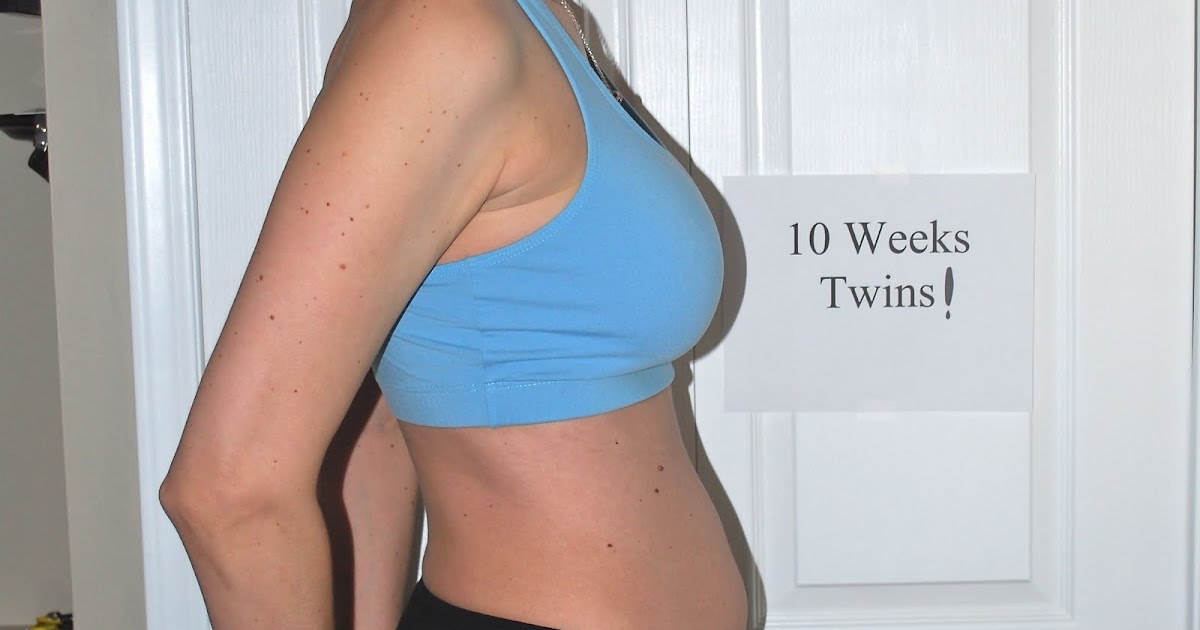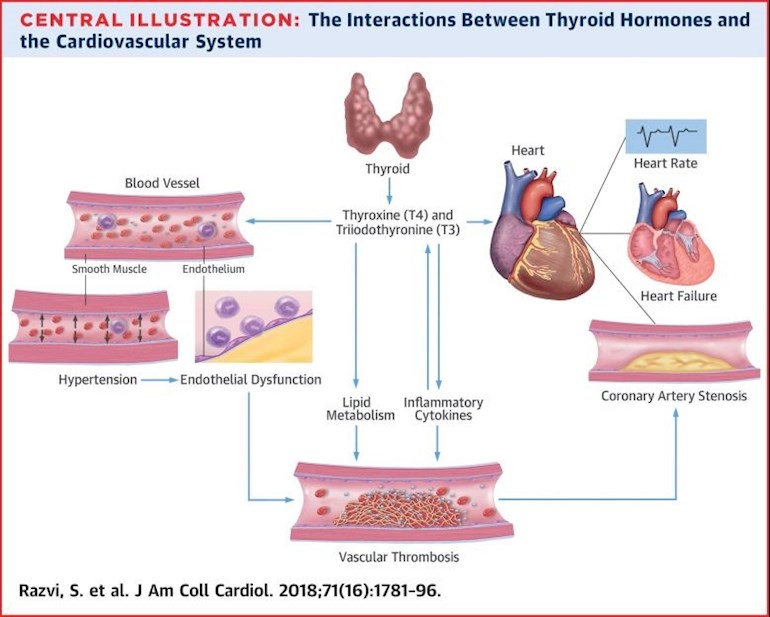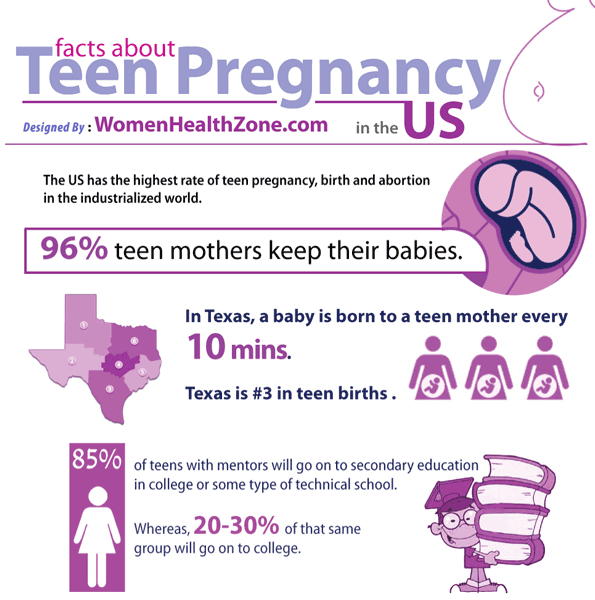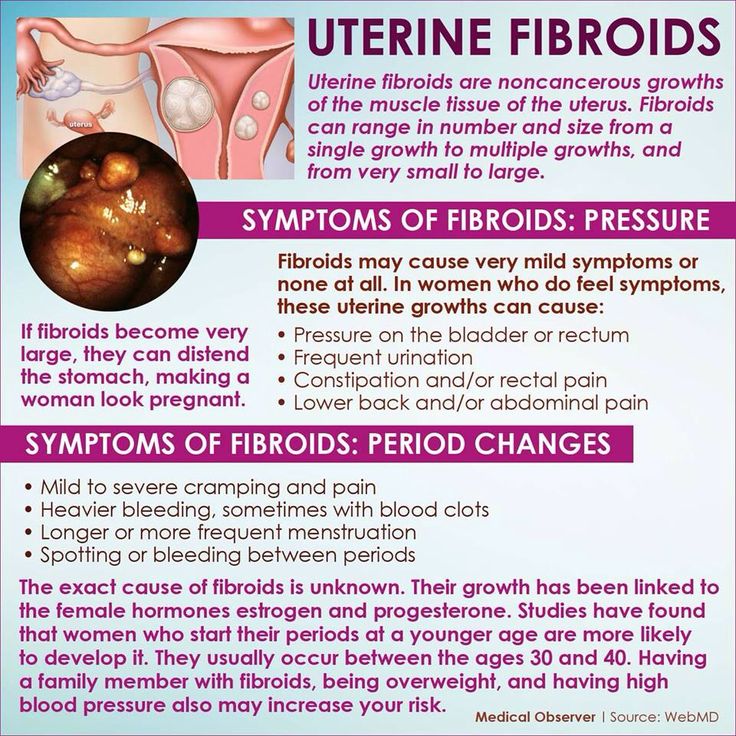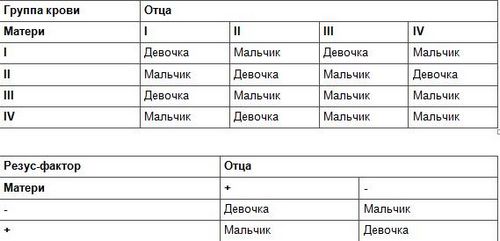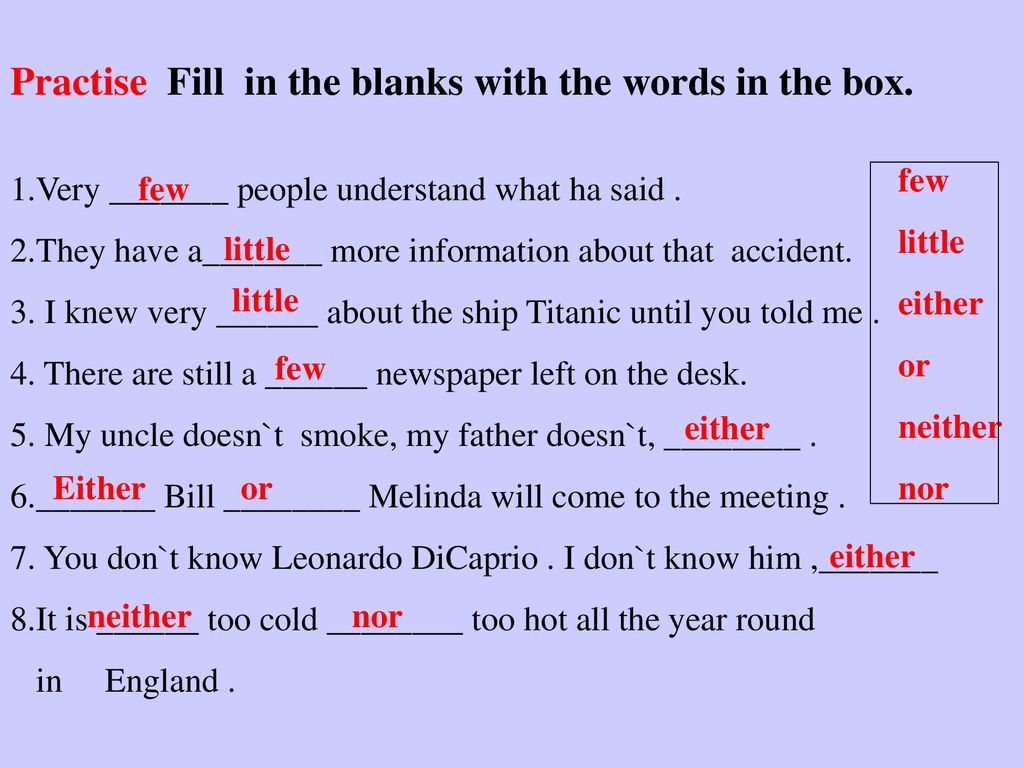Example of fine and gross motor skills
Examples, Vs. Fine, Activities, More
As your baby grows and starts to investigate their surroundings, they develop new skills. Gross motor skills are one set of skills they’ll add to their repertoire of tricks right from the start.
Let’s take a look at some of those skills, as well as what to do if you suspect something might not be quite right.
Gross motor skills are those skills that involve the whole body — your core muscles (think belly and back) and the muscles of your arms and legs.
Gross motor skills include skills such as:
- sitting
- standing
- walking
- running
- jumping
- lifting (a spoon, a hairbrush, a barbell — they all count)
- kicking
Yup, these are actually skills.
And then there are the skills that need, well, a little more skill:
- riding a bike or a horse
- playing sports like football or baseball
- roller blading
- swimming
When your child uses their gross motor skills, they’re also working on balance, coordination, hand-eye coordination, and strengthening the neural pathways in their brain.
You’ve heard mothers at the park tossing these terms around with the same nonchalance they use to toss a ball. So what’s the difference?
While gross motor skills involve the bigger muscles, fine motor skills work the smaller muscles of the hands, fingers, and wrists. Fine motor skills are about dexterity.
Here’s an example, taken from the previous section: Your child uses gross motor skills to lift a hairbrush — but fine motor skills to grasp it in their hands in the first place.
Your child needs fine motor skills to do finicky things such as:
- holding a pencil or scissors
- writing
- cutting
- threading beads
- playing with Legos
- buttoning up their coat
The better their fine motor skills are, the easier they’ll find tasks like drawing and the faster they’ll be able to do them.
But appropriately developed gross motor skills can help your child build their fine motor skills. Knowing how to sit will give your child the ability to be at a desk and practice controlling the movements in their shoulders, arms, hands, and fingers.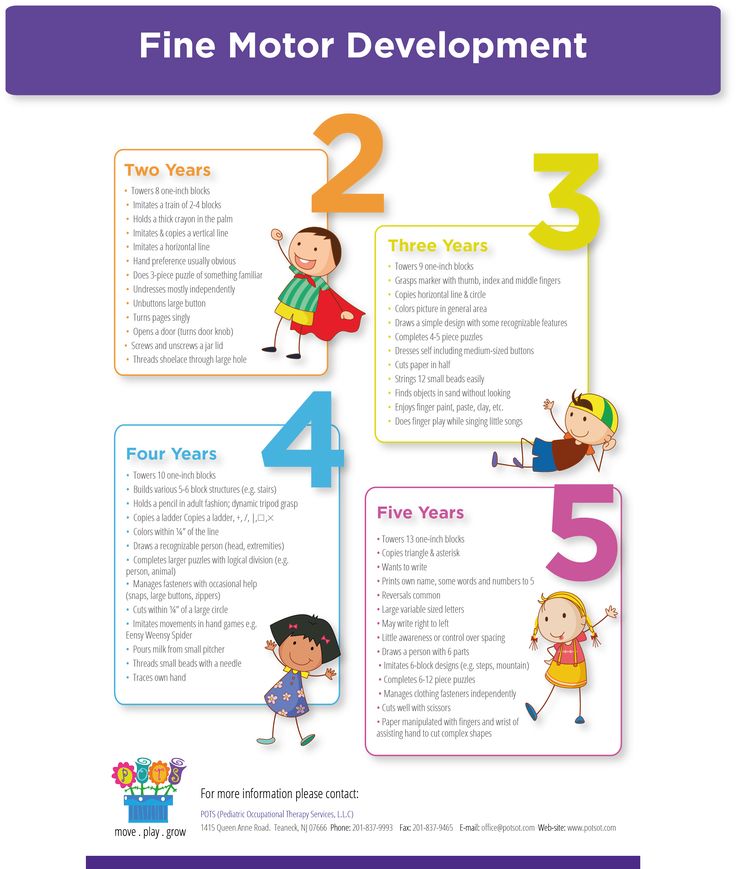
Your newborn has a ways to go before they’re crawling. Your toddler has a ways to go before they’re playing baseball. So what are the age-appropriate gross motor skills to look out for at each stage?
0–3 months
- As your baby’s startle reflex fades, you’ll notice that their movements become more voluntary and controlled. With their developing hand-eye coordination, your baby will be able to bat at brightly colored toys.
- When you place your baby on their stomach (you’ll want to schedule plenty of tummy time into their day), you’ll notice them lift their head and chest.
3–6 months
- At this age, babies start to move. Typically, they’ll start to roll from their back to their side. And then they’ll start to roll all the way over — first from their belly to their back and later from their back to their belly.
- Hold your baby’s hands when they’re lying on their back and gently pull them into a sitting position. Notice that they can raise their head.
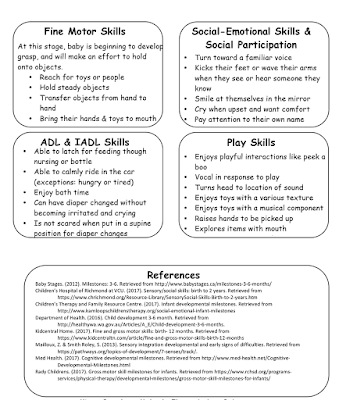
6–9 months
- At first, your baby will sit with a little bit of help from you. Then, they’ll be able to sit as long as they’re leaning on their hands. And finally, when their back and abdominal muscles get stronger, they’ll be able to sit alone.
- As your baby becomes more mobile, they’ll start sliding around on their tummy to explore. Watch them rising up on their hands and knees to rock back and forth. And then, just when you’re least expecting it, they’ll start to crawl.
1 year
- Each time your baby pulls themselves up to stand, they’re working out those leg muscles. Add to this a good dose of coordination and your baby will start taking a few tentative steps — as long as there’s something there to hold on to, like the coffee table or your pants.
- Your baby has discovered that they can see what’s going on around them much better if they’re sitting up. Watch them sit up alone.
2 years
- Your toddler can not only walk alone pretty well, but they’re also starting to run.
 Watch out, though — at this stage it’s still easy for them to fall.
Watch out, though — at this stage it’s still easy for them to fall. - Hold on to their hand tightly and your child will enjoy the challenge of walking up and down steps.
- By this stage, your child can jump with both feet.
3 years
- As your child’s leg muscles get stronger and their balance improves, they can stand on one foot for a few seconds at a time.
- Peddling a tricycle requires hand-eye coordination and arm-leg coordination that they’re starting to get the hang of.
- Your child is now able to enjoy playing on climbing frames at the park.
4 years
- Balancing on one foot is now a cinch, so your child begins to hop on one foot.
- Ball games become more fun as your child can catch a ball — almost all of the time.
5 years
- Get ready for games of jump rope now that your child can skip.
- With well-developed gross motor skills, your child is ready to learn how to skate and swim.
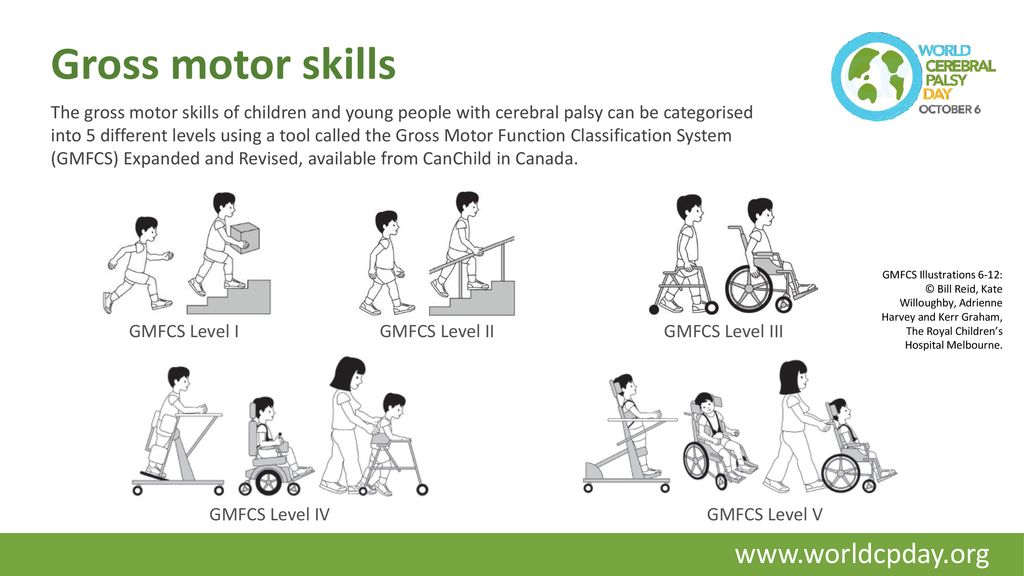
Always remember that each child is absolutely unique — just like everyone else. Your unique child may not follow given guidelines and that’s perfectly OK. We all develop in sync with our own internal clock.
That said, here are some things that you may want to look out for:
- Your child isn’t interested in the physical activities that their peers are happy doing. In fact, they even try to wiggle out of them.
- Your child goofs up tasks on purpose to mask that they’re having a hard time doing them.
- Your child tells other kids how catch a ball, reach the top of a jungle gym, or skip — but they won’t take part in the game.
If your child isn’t meeting many of the milestones above, you may want to reach out to your pediatrician for an evaluation. Very often, early intervention with a pediatric physical or occupational therapist can close the gaps you see.
Sometimes parents notice that their child has difficulty in many areas of physical activity.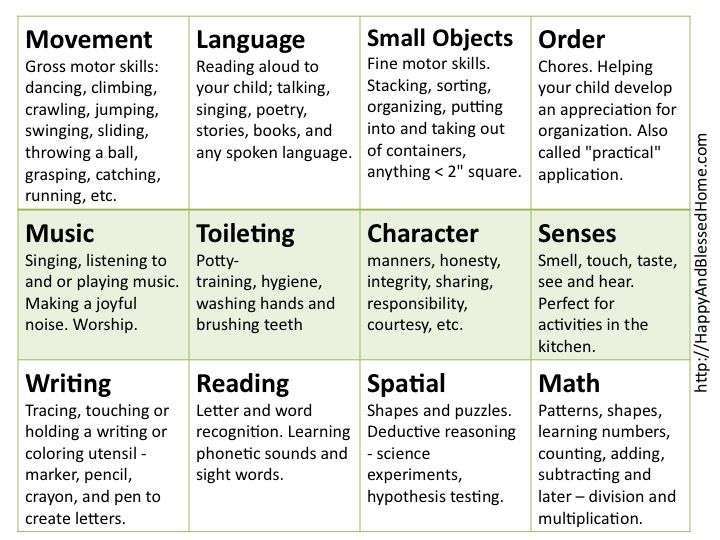 For example, if your little one is clumsy, has an unsteady gait that makes it hard to negotiate steps, and can’t manage to tie their shoes or complete arts-and-crafts projects.
For example, if your little one is clumsy, has an unsteady gait that makes it hard to negotiate steps, and can’t manage to tie their shoes or complete arts-and-crafts projects.
When several signs come together, they may signal a condition known as developmental coordination disorder (DCD). Talk to your pediatrician if you have concerns.
There are lots of ways you can encourage these skills at different stages.
Babies
- Head position practice. Alternate the side that you position your baby’s head when you lay them down. Left one day; right the next day. This will encourage your baby to lift their head and to strengthen both sides of their neck.
- Tummy time. Tummy time strengthens your baby’s neck and back muscles. Keep your baby interested by shaking a colorful toy in front of them.
- Rattle tug. It’s never too early to start building those biceps. Put a rattle in your baby’s hand and tug gently.
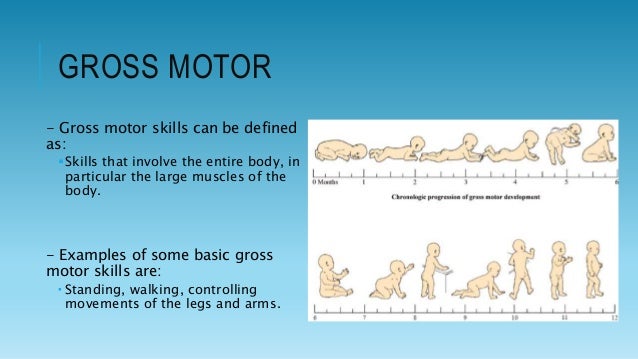
- Sitting your baby up. Prop your little one up to encourage them to develop the motor skills to sit independently. As they’re learning, offer a hand to keep them stable.
- Sticky notes on the wall. Once your baby can pull themselves up to a wobbly stand, try putting Post-It notes on the wall just out of their sitting reach. They’ll delight in pulling themselves up to grab the notes and pull them off the wall.
- Free movement. Once you’ve babyproofed and created a safe space for baby, spending less time with them in bouncers and jumpers and more time encouraging them to move on their own is best. Try scattering favorite toys around a room and watch them crawl to their treasures.
Toddlers
- Going for walks. It won’t be as fast as cruising in the stroller, but your new walker needs lots of opportunities to practice walking. Create a safe space in your home for this by childproofing and setting up a play pen.
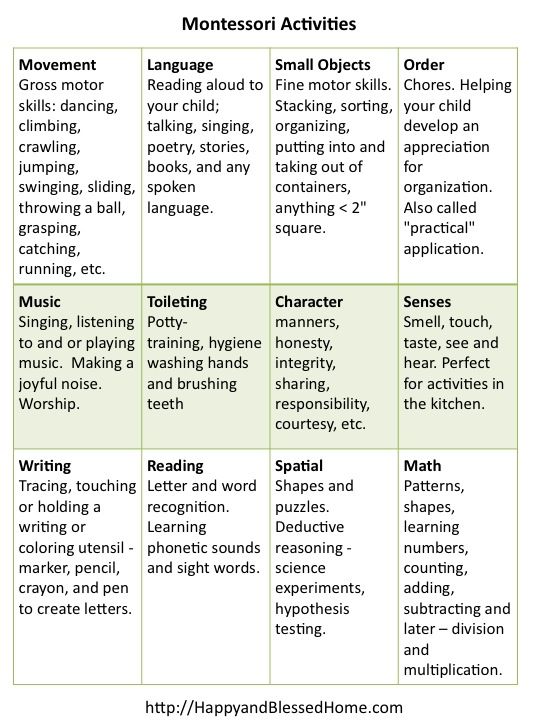 Allow your toddler lots of time to walk around when on a grassy lawn or at the park.
Allow your toddler lots of time to walk around when on a grassy lawn or at the park. - Sand play. It may look like child play, but as your child digs, scoops, pours, and sifts, they’re working on their gross motor skills.
- Create obstacle courses. Set up (safe!) objects around a room so that your toddler needs to duck, crawl, sidestep, reach, pull themselves up and even move items to get from one side to the other.
Preschoolers
Gross motor skills are mostly developed early and, as noted above, involve just the large muscle groups. Once your child has those skills in their repertoire, they can add other layers of skill like coordination, muscle development, posture, balance, and more.
Some examples of building upon their gross motor skills include:
- hopscotch and skipping
- trampoline jumping
- swimming
- playing musical instruments
Accompanying you child through their journey in life is one of the most satisfying things you’ll ever do.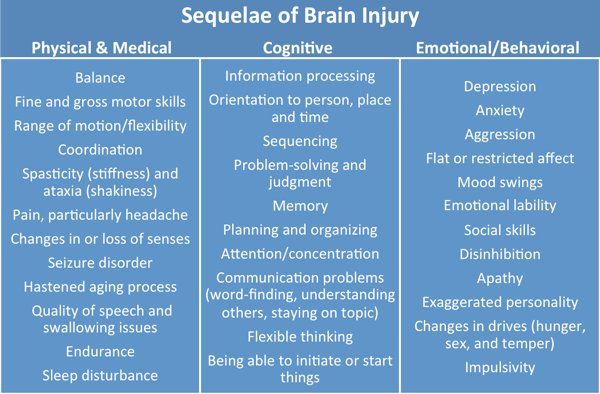
When you watch your child pulling themselves up only to fall back onto that well-padded butt, you may not believe the adage that time flies. But it won’t be long and soon you’ll be eating popcorn on the sidelines while your superstar hits a home run.
Examples, Vs. Fine, Activities, More
As your baby grows and starts to investigate their surroundings, they develop new skills. Gross motor skills are one set of skills they’ll add to their repertoire of tricks right from the start.
Let’s take a look at some of those skills, as well as what to do if you suspect something might not be quite right.
Gross motor skills are those skills that involve the whole body — your core muscles (think belly and back) and the muscles of your arms and legs.
Gross motor skills include skills such as:
- sitting
- standing
- walking
- running
- jumping
- lifting (a spoon, a hairbrush, a barbell — they all count)
- kicking
Yup, these are actually skills.
And then there are the skills that need, well, a little more skill:
- riding a bike or a horse
- playing sports like football or baseball
- roller blading
- swimming
When your child uses their gross motor skills, they’re also working on balance, coordination, hand-eye coordination, and strengthening the neural pathways in their brain.
You’ve heard mothers at the park tossing these terms around with the same nonchalance they use to toss a ball. So what’s the difference?
While gross motor skills involve the bigger muscles, fine motor skills work the smaller muscles of the hands, fingers, and wrists. Fine motor skills are about dexterity.
Here’s an example, taken from the previous section: Your child uses gross motor skills to lift a hairbrush — but fine motor skills to grasp it in their hands in the first place.
Your child needs fine motor skills to do finicky things such as:
- holding a pencil or scissors
- writing
- cutting
- threading beads
- playing with Legos
- buttoning up their coat
The better their fine motor skills are, the easier they’ll find tasks like drawing and the faster they’ll be able to do them.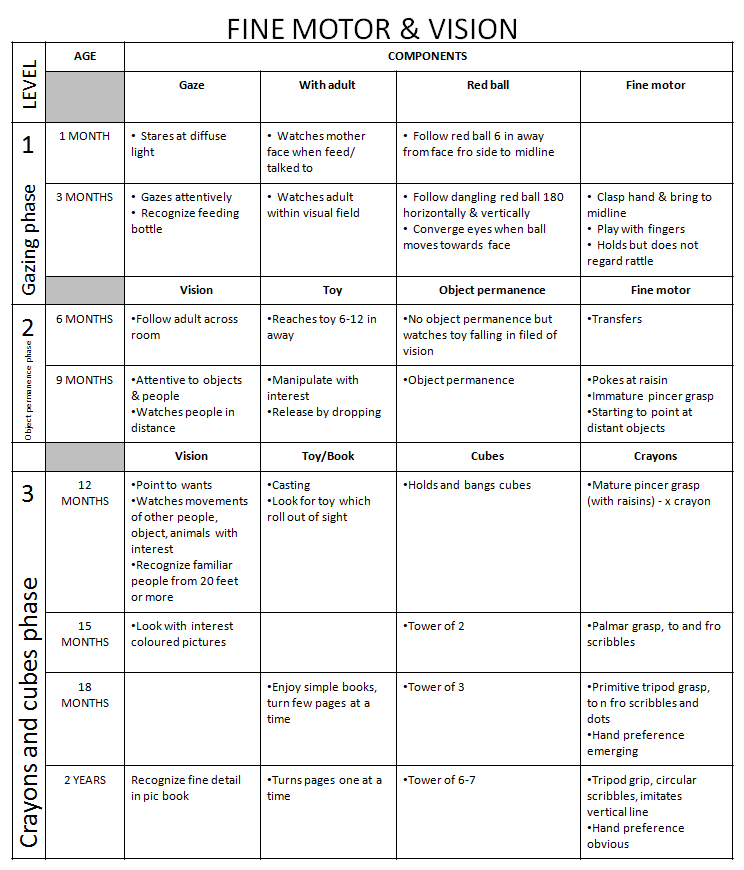
But appropriately developed gross motor skills can help your child build their fine motor skills. Knowing how to sit will give your child the ability to be at a desk and practice controlling the movements in their shoulders, arms, hands, and fingers.
Your newborn has a ways to go before they’re crawling. Your toddler has a ways to go before they’re playing baseball. So what are the age-appropriate gross motor skills to look out for at each stage?
0–3 months
- As your baby’s startle reflex fades, you’ll notice that their movements become more voluntary and controlled. With their developing hand-eye coordination, your baby will be able to bat at brightly colored toys.
- When you place your baby on their stomach (you’ll want to schedule plenty of tummy time into their day), you’ll notice them lift their head and chest.
3–6 months
- At this age, babies start to move. Typically, they’ll start to roll from their back to their side. And then they’ll start to roll all the way over — first from their belly to their back and later from their back to their belly.
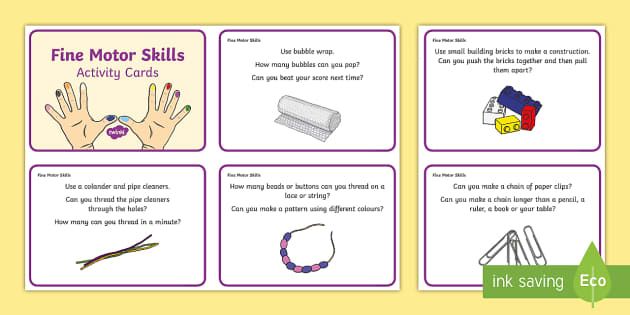
- Hold your baby’s hands when they’re lying on their back and gently pull them into a sitting position. Notice that they can raise their head.
6–9 months
- At first, your baby will sit with a little bit of help from you. Then, they’ll be able to sit as long as they’re leaning on their hands. And finally, when their back and abdominal muscles get stronger, they’ll be able to sit alone.
- As your baby becomes more mobile, they’ll start sliding around on their tummy to explore. Watch them rising up on their hands and knees to rock back and forth. And then, just when you’re least expecting it, they’ll start to crawl.
1 year
- Each time your baby pulls themselves up to stand, they’re working out those leg muscles. Add to this a good dose of coordination and your baby will start taking a few tentative steps — as long as there’s something there to hold on to, like the coffee table or your pants.
- Your baby has discovered that they can see what’s going on around them much better if they’re sitting up.
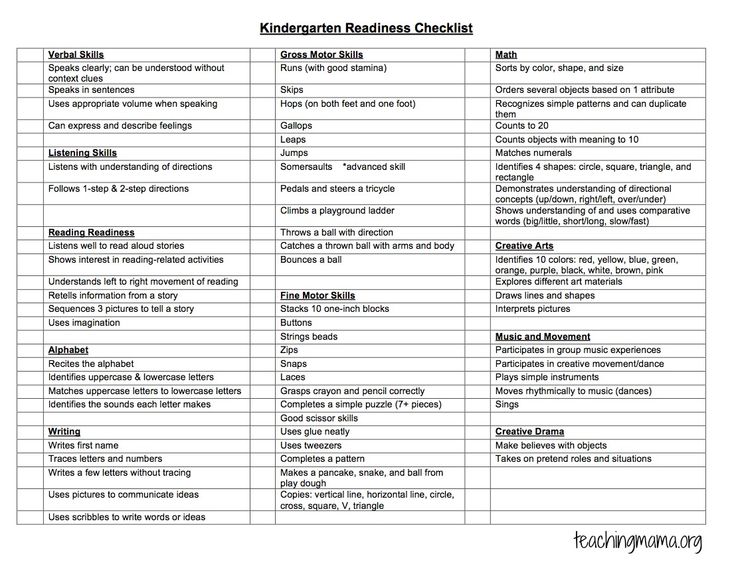 Watch them sit up alone.
Watch them sit up alone.
2 years
- Your toddler can not only walk alone pretty well, but they’re also starting to run. Watch out, though — at this stage it’s still easy for them to fall.
- Hold on to their hand tightly and your child will enjoy the challenge of walking up and down steps.
- By this stage, your child can jump with both feet.
3 years
- As your child’s leg muscles get stronger and their balance improves, they can stand on one foot for a few seconds at a time.
- Peddling a tricycle requires hand-eye coordination and arm-leg coordination that they’re starting to get the hang of.
- Your child is now able to enjoy playing on climbing frames at the park.
4 years
- Balancing on one foot is now a cinch, so your child begins to hop on one foot.
- Ball games become more fun as your child can catch a ball — almost all of the time.
5 years
- Get ready for games of jump rope now that your child can skip.
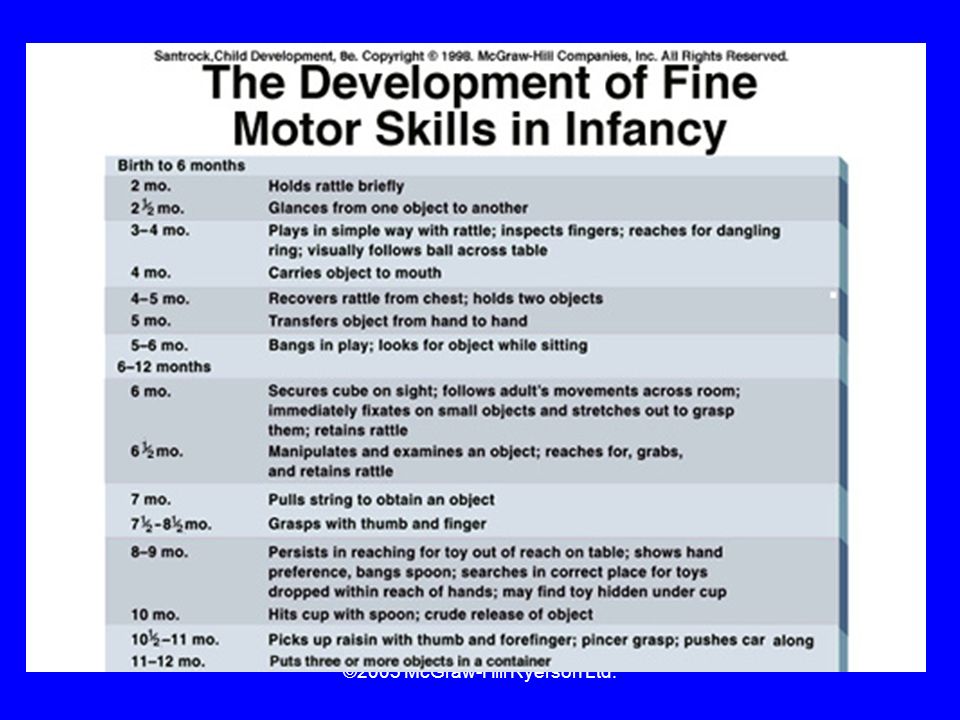
- With well-developed gross motor skills, your child is ready to learn how to skate and swim.
Always remember that each child is absolutely unique — just like everyone else. Your unique child may not follow given guidelines and that’s perfectly OK. We all develop in sync with our own internal clock.
That said, here are some things that you may want to look out for:
- Your child isn’t interested in the physical activities that their peers are happy doing. In fact, they even try to wiggle out of them.
- Your child goofs up tasks on purpose to mask that they’re having a hard time doing them.
- Your child tells other kids how catch a ball, reach the top of a jungle gym, or skip — but they won’t take part in the game.
If your child isn’t meeting many of the milestones above, you may want to reach out to your pediatrician for an evaluation. Very often, early intervention with a pediatric physical or occupational therapist can close the gaps you see.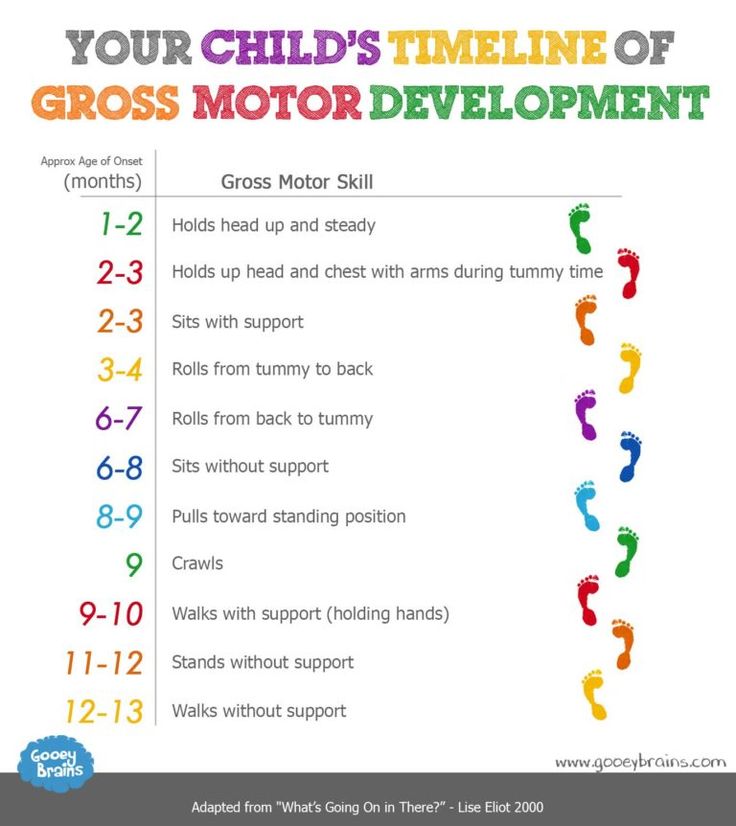
Sometimes parents notice that their child has difficulty in many areas of physical activity. For example, if your little one is clumsy, has an unsteady gait that makes it hard to negotiate steps, and can’t manage to tie their shoes or complete arts-and-crafts projects.
When several signs come together, they may signal a condition known as developmental coordination disorder (DCD). Talk to your pediatrician if you have concerns.
There are lots of ways you can encourage these skills at different stages.
Babies
- Head position practice. Alternate the side that you position your baby’s head when you lay them down. Left one day; right the next day. This will encourage your baby to lift their head and to strengthen both sides of their neck.
- Tummy time. Tummy time strengthens your baby’s neck and back muscles. Keep your baby interested by shaking a colorful toy in front of them.
- Rattle tug. It’s never too early to start building those biceps.
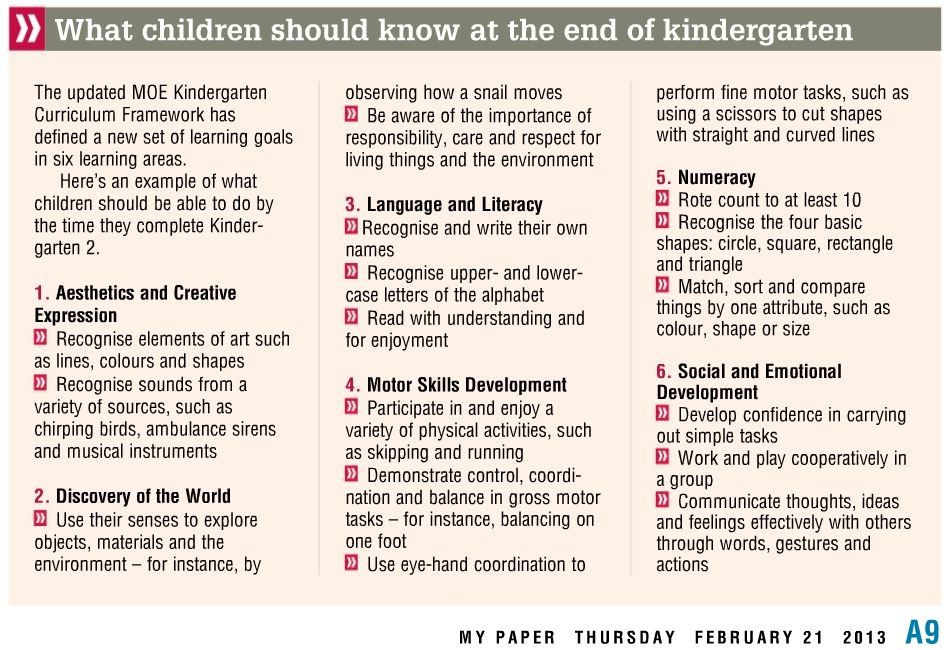 Put a rattle in your baby’s hand and tug gently.
Put a rattle in your baby’s hand and tug gently. - Sitting your baby up. Prop your little one up to encourage them to develop the motor skills to sit independently. As they’re learning, offer a hand to keep them stable.
- Sticky notes on the wall. Once your baby can pull themselves up to a wobbly stand, try putting Post-It notes on the wall just out of their sitting reach. They’ll delight in pulling themselves up to grab the notes and pull them off the wall.
- Free movement. Once you’ve babyproofed and created a safe space for baby, spending less time with them in bouncers and jumpers and more time encouraging them to move on their own is best. Try scattering favorite toys around a room and watch them crawl to their treasures.
Toddlers
- Going for walks. It won’t be as fast as cruising in the stroller, but your new walker needs lots of opportunities to practice walking. Create a safe space in your home for this by childproofing and setting up a play pen.
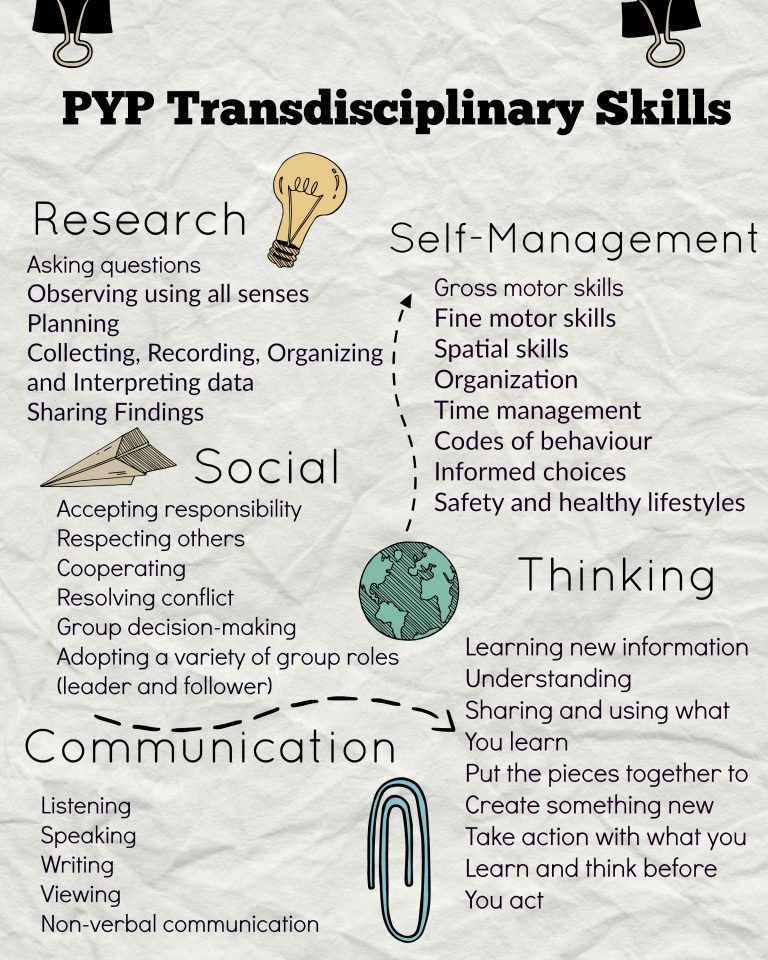 Allow your toddler lots of time to walk around when on a grassy lawn or at the park.
Allow your toddler lots of time to walk around when on a grassy lawn or at the park. - Sand play. It may look like child play, but as your child digs, scoops, pours, and sifts, they’re working on their gross motor skills.
- Create obstacle courses. Set up (safe!) objects around a room so that your toddler needs to duck, crawl, sidestep, reach, pull themselves up and even move items to get from one side to the other.
Preschoolers
Gross motor skills are mostly developed early and, as noted above, involve just the large muscle groups. Once your child has those skills in their repertoire, they can add other layers of skill like coordination, muscle development, posture, balance, and more.
Some examples of building upon their gross motor skills include:
- hopscotch and skipping
- trampoline jumping
- swimming
- playing musical instruments
Accompanying you child through their journey in life is one of the most satisfying things you’ll ever do.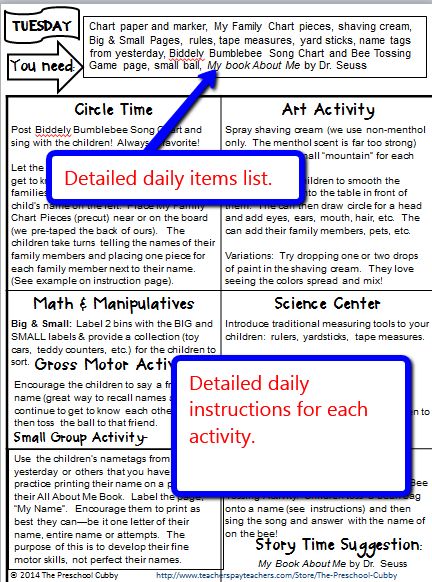
When you watch your child pulling themselves up only to fall back onto that well-padded butt, you may not believe the adage that time flies. But it won’t be long and soon you’ll be eating popcorn on the sidelines while your superstar hits a home run.
What is gross motor skills and how does it affect the start of speech?
What is gross motor skills and how does it affect speech triggering?
Parents pay a lot of attention to the development of the child's fine motor skills, and gross motor skills are often left unattended. But it plays an equally important role in the overall harmonious development of the baby and in particular in the development of speech.
We will talk about the importance of gross motor skills for a future student with the coach of the Mowgli club Anna Kulik. At the big Bookids family festival, Anna gave a master class on this topic, talked about the influence of gross motor skills on the development of speech in children aged 3-4 and showed exercises that can be done at home or on a walk.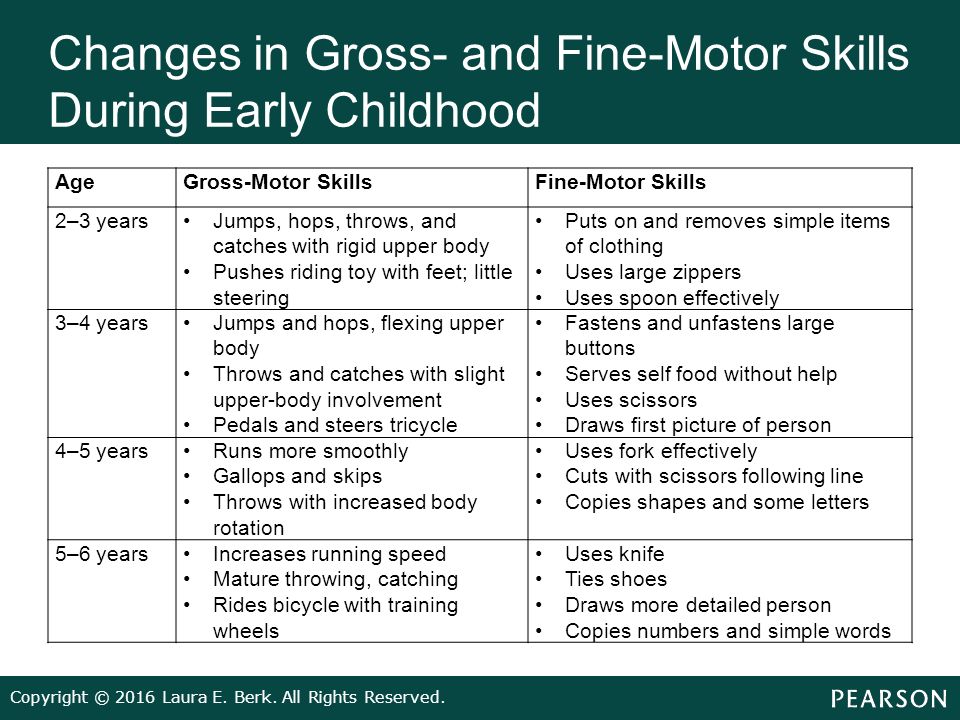 nine0007
nine0007
Photos of our playground here
- What is gross motor skills?
- These are the movements of the large muscles of the body: the muscles of the neck, arms, legs, torso. Gross motor skills develop much earlier than fine motor skills. It begins with the development of the neck muscles: the baby learns to hold and turn his head. Then he begins to rise on his elbows, roll over from his back to his stomach and back, sit down, crawl, walk, bend over, squat, jump. Gross motor skills include hand-eye coordination. For example, the ability to throw or catch a ball, climb ladders. Undeveloped gross motor skills lead to the fact that the child spends too much effort to perform simple actions. nine0007
- What are the difficulties faced by a first grader with a lack of gross motor skills?
- It will be difficult for children with undeveloped gross motor skills to maintain a sitting position at a desk for 45 minutes. These children have low energy levels, are slow to respond to the teacher's words, appear tired and lethargic. They lack the stamina to cope with the school load. Lack of gross motor skills is also expressed in clumsiness: children often fall, stumble, touch furniture, crash into walls and people, drop objects. Gross motor skills affect the independence of the child - the ability to serve himself. nine0007
These children have low energy levels, are slow to respond to the teacher's words, appear tired and lethargic. They lack the stamina to cope with the school load. Lack of gross motor skills is also expressed in clumsiness: children often fall, stumble, touch furniture, crash into walls and people, drop objects. Gross motor skills affect the independence of the child - the ability to serve himself. nine0007
If even before school a child had problems with mastering the skills of drawing and writing, then he will get very tired from writing or drawing during the lesson. The result of all these difficulties is low self-esteem, physical inactivity, difficulty communicating and playing with peers. But the child definitely needs to move a lot in order to throw out the accumulated tension and stress during the day.
- It turns out that the development of a child's intellectual abilities directly depends on his physical health? nine0016
- Yes, when doing physical exercises, the child thinks about his movements.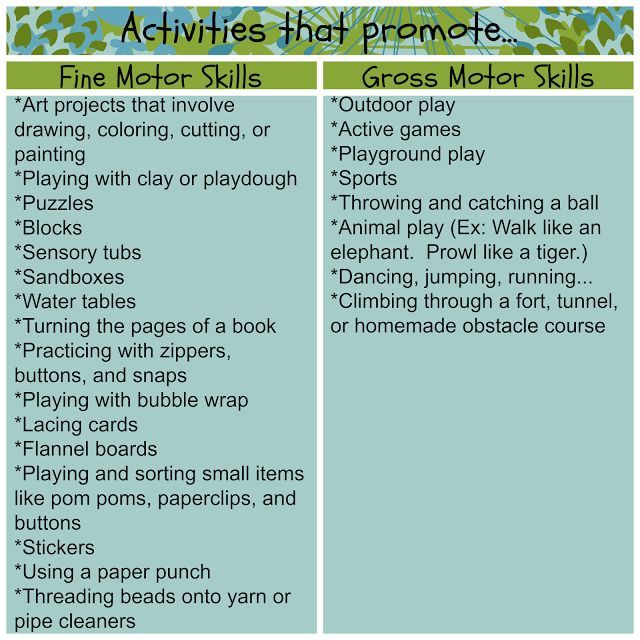 This involves both hemispheres of the brain. The coordinated work of the two hemispheres is needed in most school assignments. Gross motor skills, like fine motor skills, affect the development of memory and attention. Poor articulation of sounds is a consequence of not only undeveloped fine motor skills, but also large motor skills. Because articulation is the same motor skill!
This involves both hemispheres of the brain. The coordinated work of the two hemispheres is needed in most school assignments. Gross motor skills, like fine motor skills, affect the development of memory and attention. Poor articulation of sounds is a consequence of not only undeveloped fine motor skills, but also large motor skills. Because articulation is the same motor skill!
I can give real life examples. My daughter is now 10 years old. She enjoys going to school and studying for 9and 10. Besides school, she has many other interests. I have been doing gymnastics with her since birth. She spoke early and went on her own. In "Mowgli" daughter from 2 years old. She is interested in many sports, but has not yet chosen one. I see how her mood improves after physical activity. With a positive attitude, homework is done quickly and correctly, and free time is left for rest, hobbies and chatting with friends.
But, unfortunately, in my environment there are many young mothers who do not pay attention to the physical development of their children at all. Hence the delay in speech, and the inability to participate in joint games with other children, and the unwillingness to learn something new. Many times I invited them to developmental gymnastics, but I constantly heard excuses “no time”. I hope that I will be able to "reach out" to them and convince them of the importance of physical culture for the harmonious development of their children. nine0007
Hence the delay in speech, and the inability to participate in joint games with other children, and the unwillingness to learn something new. Many times I invited them to developmental gymnastics, but I constantly heard excuses “no time”. I hope that I will be able to "reach out" to them and convince them of the importance of physical culture for the harmonious development of their children. nine0007
- What exercises and games will help develop gross motor skills?
- Accuracy games train the eye and develop the ability to concentrate. The child uses concentration skills in school. These are games with skittles, throwing rings and rag balls at the target.
Catching games are important for the development of literate speech and articulation. We speak, and we have a change of different sounds, it works on the skill of switching. In playing with the ball, the child needs to constantly switch his body, adjust to catch and throw the ball.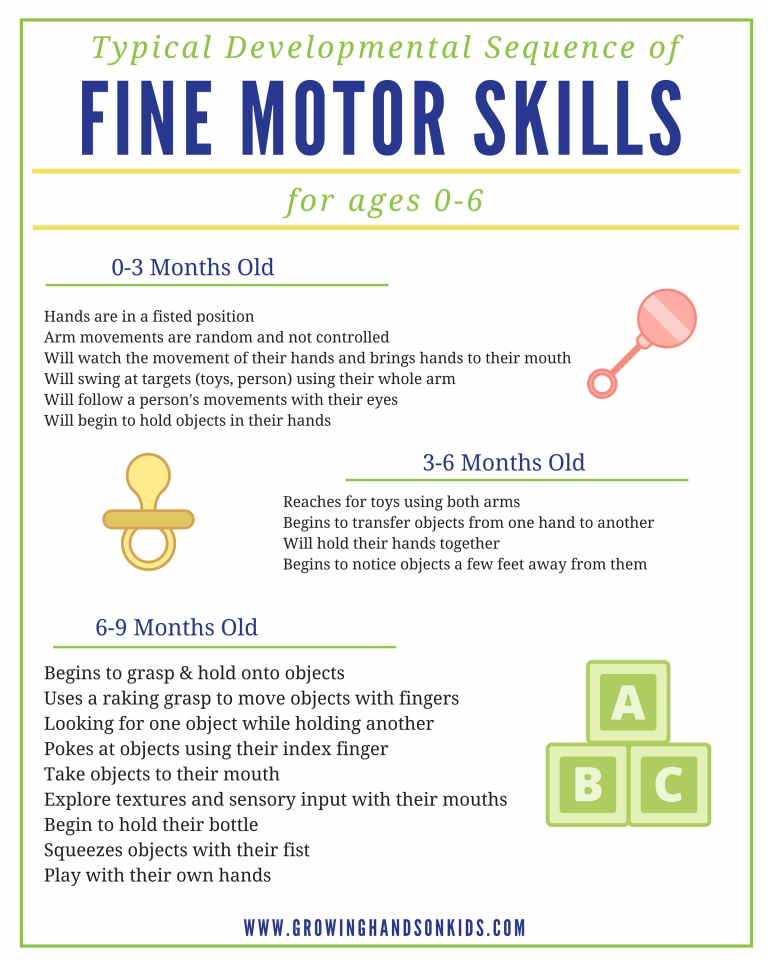 Use 3 balls of different sizes: large, small and medium. nine0007
Use 3 balls of different sizes: large, small and medium. nine0007
Stairs, walking, bicycle develop endurance, which in the future will shape the child's perseverance.
Climbing, Swedish walls, rope ladders, rope will teach you to track your body, develop strategic thinking, the ability to analyze. Because the child in the process of climbing needs to calculate his path for several steps.
Balance games balance the processes of excitation and inhibition and work to develop the skill of concentration. Use balance pads and fitness balls. You can come up with exercises for stepping over sticks, stripes on the pavement. In the gym we give an exercise in stepping on the platforms.
The flexibility of the body gives the plasticity of the mind. Without stretching, one workout does not begin in any sport. Stretching saturates the body and brain with oxygen.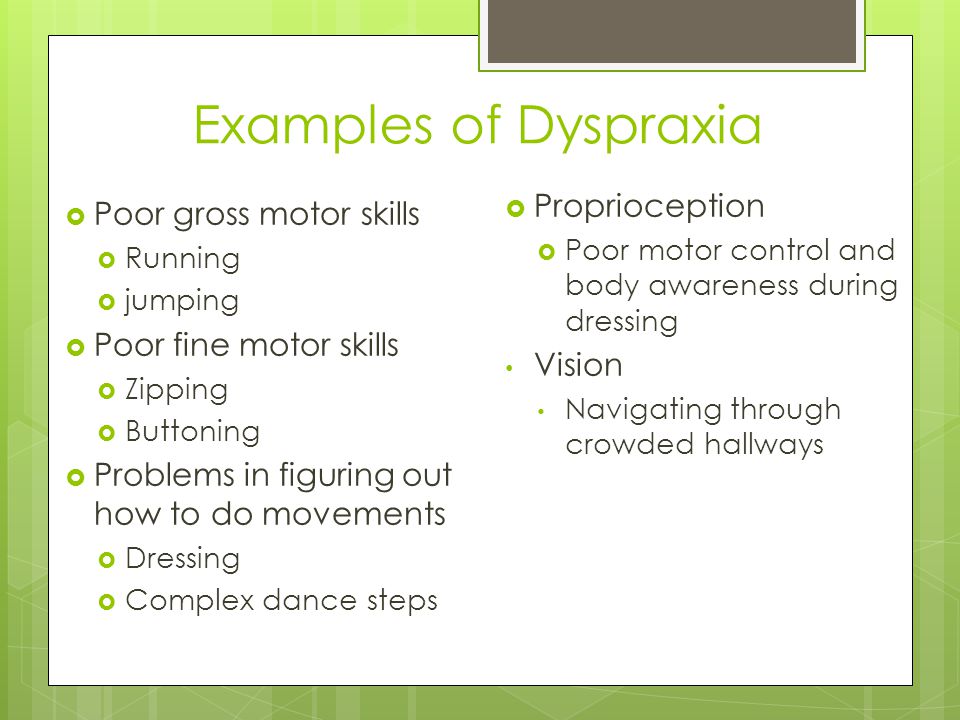 nine0007
nine0007
Speed games : who will run to the goal faster, transferring the ball from one basket to another, sorting objects by color for speed. The ability to quickly perform actions gives us the speed of thinking and the speed of information processing.
Relays and obstacle courses . Motor programming, games for the serial organization of movement. This skill of switching, building a program develops articulation and helps to formulate the answer correctly. nine0007
A child's trainer can become an assistant to parents in the development of a child's gross motor skills
often teachers underestimate the need for the development of gross motor skills in children. And it is the basis for the formation of fine motor skills, which is important in preparing for school. Let's figure out what gross motor skills are, why and how to develop them. nine0007 Article content: Gross motor skills, or general, are active body movements that involve arms, legs, torso, head. During the first year of life, the baby develops rapidly and learns to control his body: The success of all these important processes depends on the health and life of the child. Gross motor skills are formed through any movements: active games, copying the actions of adults and animals, sports, dancing, aerobics. It is important to start working with your child as early as possible. The good physical development of a preschooler is the key to his further success in school, life and the ability to avoid many problems. Read also: what a 2-year-old child should be able to and know Without developed gross motor skills, a full-fledged formation of a person is impossible. Benefits of developing motor skills: As you can see, the value of developing gross motor skills is great. This work allows you to preserve and increase the physical and mental development of children. nine0007 Each child is individual and his development is uneven. It is better not to compare your child with other children. One child may start walking at 9 months and another after a year. This is fine. The main thing is to exercise regularly with the baby. However, there are criteria by which it can be determined that a child has poorly developed gross motor skills: If gross motor impairment is suspected, see a physician for correction. nine0007 The main objectives of the development of gross motor skills are: Based on the tasks, parents need to equip the space in the room, stock up on the necessary equipment and control the process. The room should have enough space for running, jumping, bending. Start with the simplest: teach your baby to do morning exercises. If you can do it outside, even better. Simple exercises are quite enough: squats, walking, turns, bends. nine0007 Buy a variety of equipment for outdoor games: balls, jump ropes, hoop. At home with a child, you can play skittles, basketball, gorodki, dodgeball. For walks on the street, stock up on a bicycle, scooter, roller skates and other equipment according to age. In winter - skates, skis, slides. In addition, for the development of the child's motor activity, you can sign up for the nearest children's center or sports section, where ideal conditions are created for a full-fledged formation. nine0007 Household chores also help develop gross motor skills. It is necessary to load the child with feasible chores around the house. For example, sweep the floor, wipe off the table, arrange toys, hang or fold laundry. There are a great variety of exercises and games for the development of speech and gross motor skills. These can be exercises to strengthen the muscular corset, to coordinate to create spatial representations in preschool children. Also find out what are the exercises for the development of fine motor skills in children. Gross motor skills are the motor skills a child needs for full physical and mental development. Abilities are formed from an early age through simple exercises, housework, outdoor games and active sports activities.
What is gross motor skills
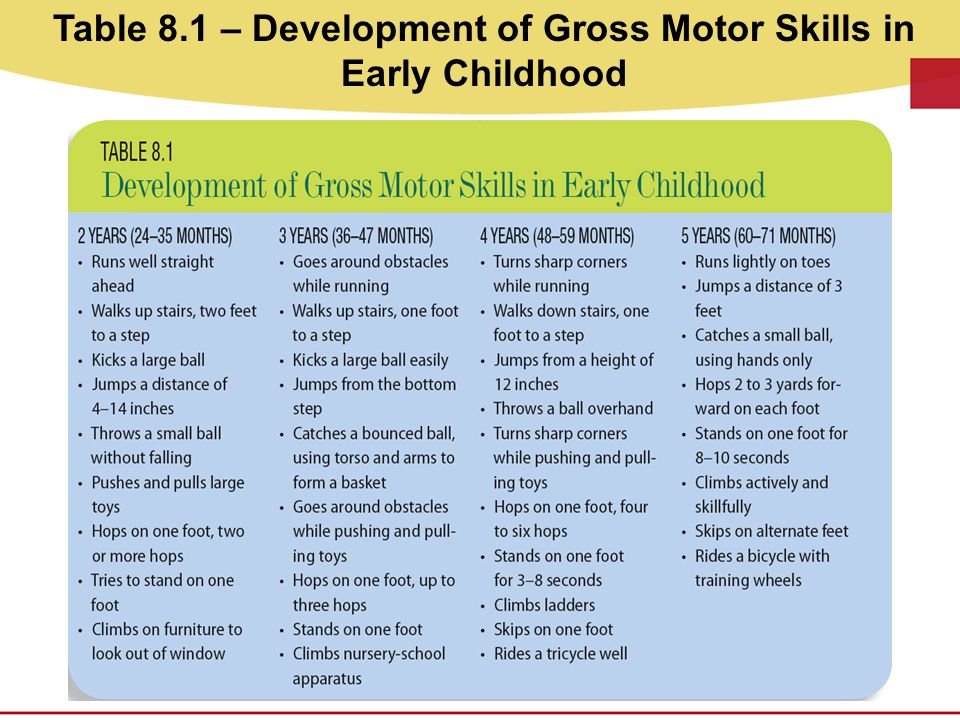 In fact, adults use these skills without thinking, and children have to master them gradually. nine0007
In fact, adults use these skills without thinking, and children have to master them gradually. nine0007
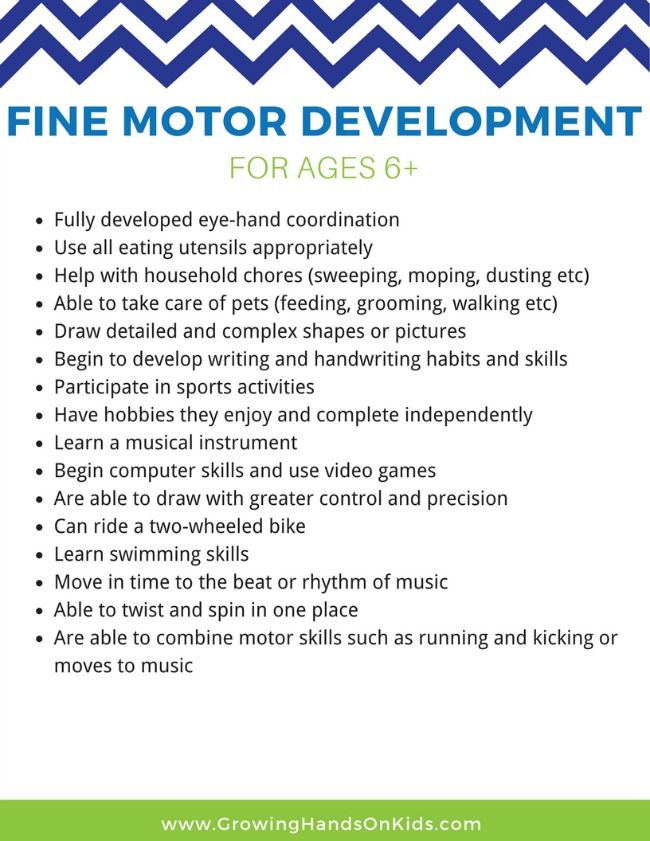
Why develop
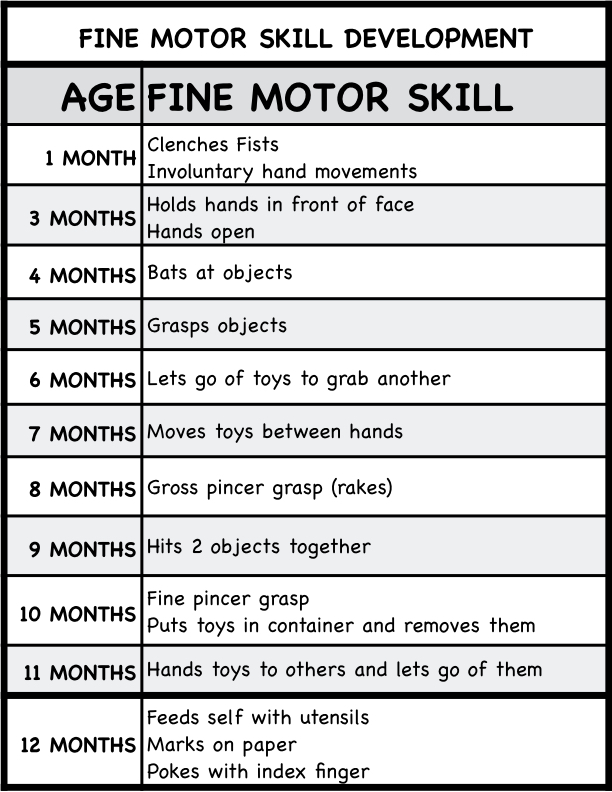
Difficulties of a child with gross motor skills deficiency
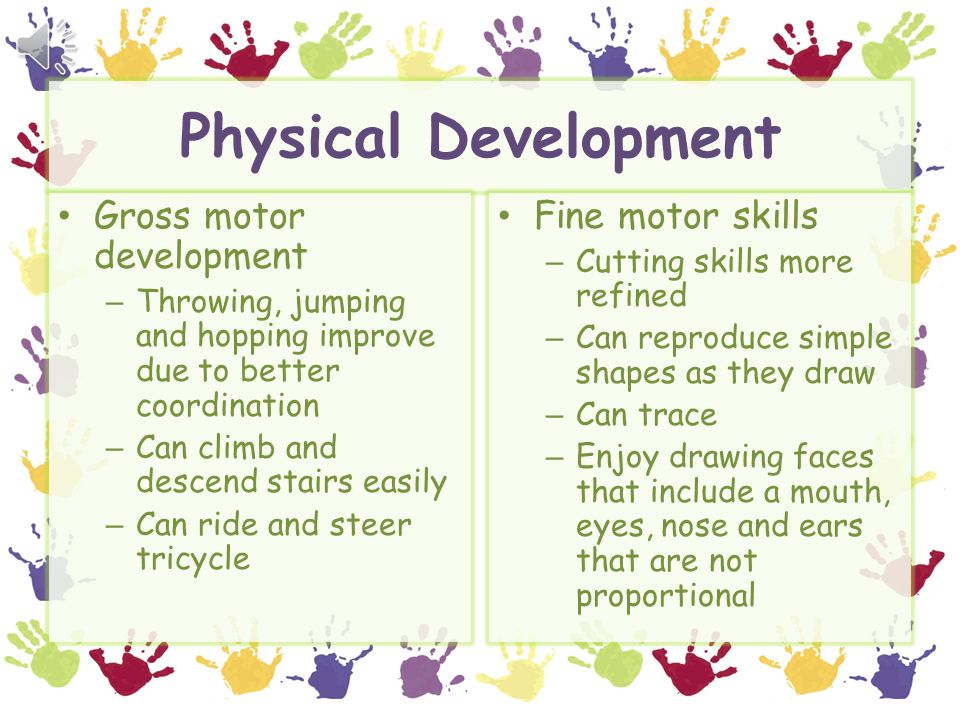
How to develop
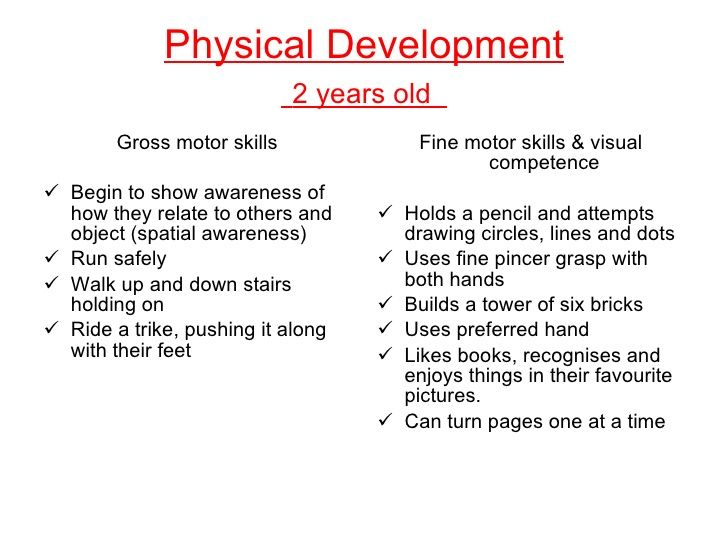 The ideal option would be to arrange a special sports corner in the room. If this is not available, you can simply dance to your favorite music, alternating slow and fast movements.
The ideal option would be to arrange a special sports corner in the room. If this is not available, you can simply dance to your favorite music, alternating slow and fast movements. Games and exercises for the development of gross motor skills
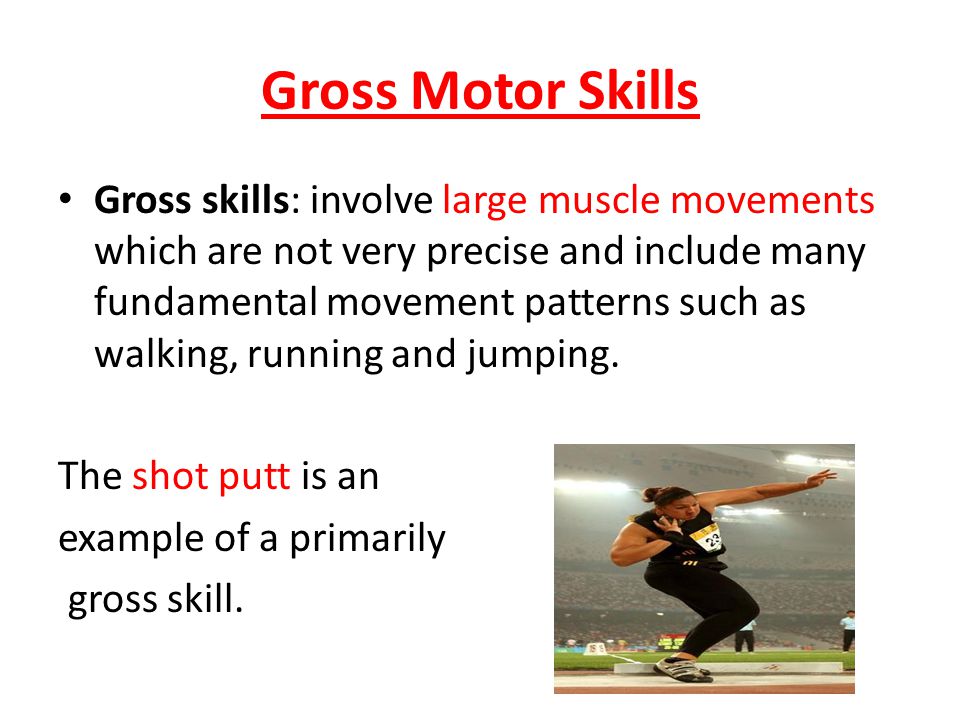 Games are played in pairs or groups. nine0007
Games are played in pairs or groups. nine0007
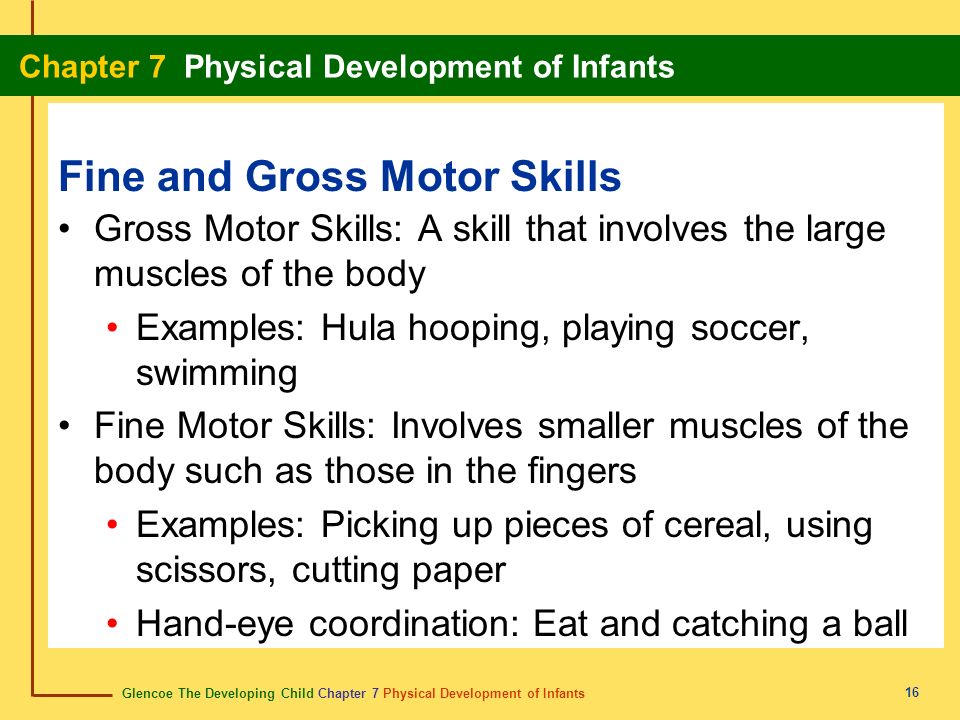 On an imaginary track, you can roll cars and other toys. nine0132
On an imaginary track, you can roll cars and other toys. nine0132 Conclusion

